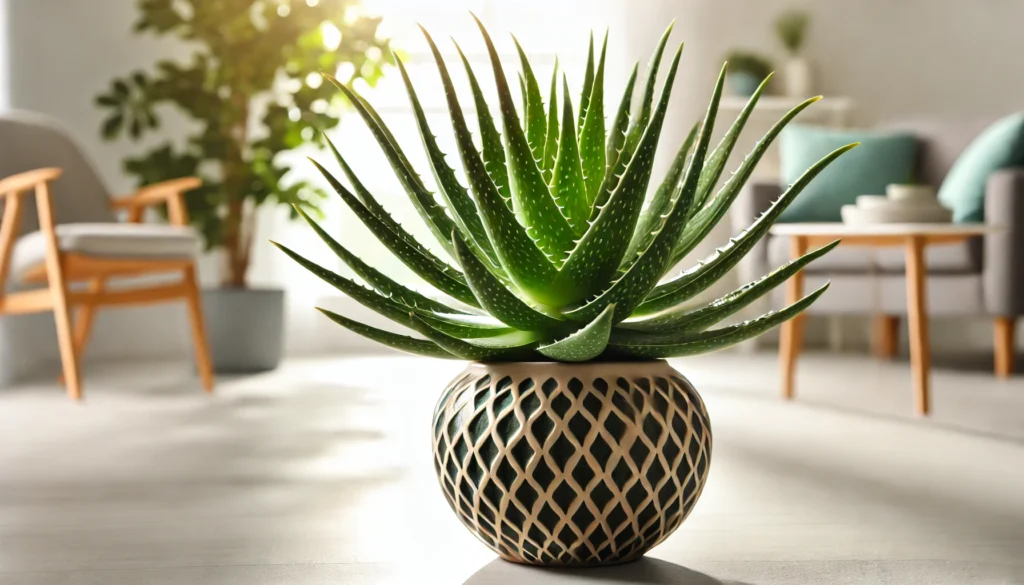
Holly (Ilex spp.) is a well-known and beloved plant, famous for its glossy, spiky leaves and bright red berries. This evergreen shrub or small tree is a perennial plant, meaning it lives for many years, bringing year-round beauty to gardens and landscapes. Depending on the species, holly can grow from 6 to 50 feet tall (1.8 to 15 meters) and spread up to 25 feet (7.6 meters). Its formal name, Ilex, is derived from the Latin word for the holm oak, another plant with spiky leaves.
History and Ideal Growing Conditions
Holly has a rich history, dating back to ancient times when it was considered sacred by the Druids and used in Roman festivities during Saturnalia. Today, holly is often associated with Christmas decorations, symbolizing peace and goodwill.
Holly thrives in USDA hardiness zones 5-9, making it suitable for many regions. It prefers partial to full sun and well-drained, slightly acidic soil with a pH of 5.0 to 6.5. Holly is tolerant of various soil types, but it performs best in loamy, fertile soil. While it can handle some drought, holly appreciates consistent moisture, especially during dry periods.
Toxicity and Pets
Holly is mildly toxic to pets, including cats, dogs, and horses. The berries and leaves contain saponins, which can cause vomiting, diarrhea, and drooling if ingested. Although severe toxicity is rare, it’s best to keep holly out of reach of curious pets.
Safe Alternatives
For pet owners, consider safer alternatives like the Christmas Cactus (Schlumbergera), which is non-toxic to pets and offers beautiful, vibrant flowers.
Best Practices for Caring for Holly
Caring for holly is relatively easy, making it a popular choice for gardeners of all skill levels. Follow these guidelines to keep your holly healthy and vibrant.
Watering and Humidity
Holly prefers consistent moisture, especially during the growing season. Water deeply once a week, ensuring the soil is moist but not waterlogged. In hot, dry climates, you may need to water more frequently. Holly can tolerate some drought, but regular watering will keep it looking its best. Maintain moderate humidity levels, but the plant can handle typical outdoor conditions.
Soil, Light, and Temperature
Holly thrives in well-drained, slightly acidic soil. If your soil is heavy clay or alkaline, consider amending it with organic matter to improve drainage and acidity. Holly can grow in partial to full sun, but it will produce more berries in full sun. Ideal temperatures for holly range from 60°F to 75°F (15°C to 24°C). It is hardy down to -20°F (-29°C) in winter, but younger plants may need protection in colder climates.
Fertilizing
Fertilize holly in early spring with a balanced, slow-release fertilizer. Look for a formula with equal parts nitrogen, phosphorus, and potassium (such as 10-10-10). Avoid over-fertilizing, as this can lead to excessive leaf growth and fewer berries. A light feeding in late summer can help sustain the plant through winter.
Common Problems and Remedies
Holly is generally a hardy plant, but it can face issues such as leaf spot, scale insects, and root rot. Leaf spot, caused by fungal pathogens, can be treated with a fungicide and by removing affected leaves. Scale insects can be controlled with horticultural oil or insecticidal soap. Root rot is often a result of poorly drained soil, so ensure your holly is planted in well-drained soil and avoid overwatering.
Pruning Holly: A Guide to Keeping It Healthy and Beautiful
Pruning is essential for maintaining holly’s shape and promoting healthy growth. The best time to prune holly is in late winter or early spring before new growth begins.
Tools Needed
Use clean, sharp pruning shears or loppers for larger branches. Sanitize your tools before and after pruning to prevent the spread of disease. A solution of 70% isopropyl alcohol works well for this.
Identify Areas to Trim
Focus on removing dead, damaged, or diseased branches first. Next, thin out any overcrowded areas to allow light and air to reach the inner branches. You can safely remove up to one-third of the plant’s total growth each year.
Deadheading and Leggy Growth
Deadheading, or removing spent flowers, is not typically necessary for holly. However, if you notice leggy growth, trim those areas back to encourage fuller growth. This also helps maintain a more compact and attractive shape.
Removing Damaged or Diseased Leaves
Remove any leaves that show signs of disease or damage as soon as you spot them. This will prevent the spread of disease and keep the plant looking healthy.
Shaping the Plant
To shape holly, trim the outer branches to your desired shape. Holly can be shaped into hedges, topiaries, or natural forms. Regular pruning will help maintain its shape and encourage dense growth.
Post-Pruning Care
After pruning, water the plant thoroughly and apply a layer of mulch around the base to conserve moisture and suppress weeds. Monitor the plant for any signs of stress, such as wilting or yellowing leaves, and adjust care as needed.
Propagation and Benefits
Holly can be propagated through cuttings or seeds. Cuttings are the most common method and can be taken in late summer from semi-hardwood stems. Dip the cut end in rooting hormone and plant it in a well-draining soil mix. Keep the soil moist and place the cutting in a bright, indirect light location until roots develop.
Holly offers several benefits, including year-round greenery, vibrant berries that attract birds, and its traditional role in holiday decorations. It can also be used as a privacy screen or windbreak in the landscape.
Final Thoughts
Holly is a versatile and enduring addition to any garden. With its glossy green leaves and bright red berries, it brings beauty and wildlife to your yard year-round. By following the care tips outlined above, you can enjoy a healthy and thriving holly plant for many years. Whether used as a festive decoration or a landscape staple, holly is sure to impress with its classic charm and easy maintenance.
Stay connected with the world of plants! Subscribe to Phylofy for expert gardening tips, DIY projects, and eco-friendly inspiration. Join our community and nurture your love for nature. Don’t miss exclusive content and updates. Subscribe now!



